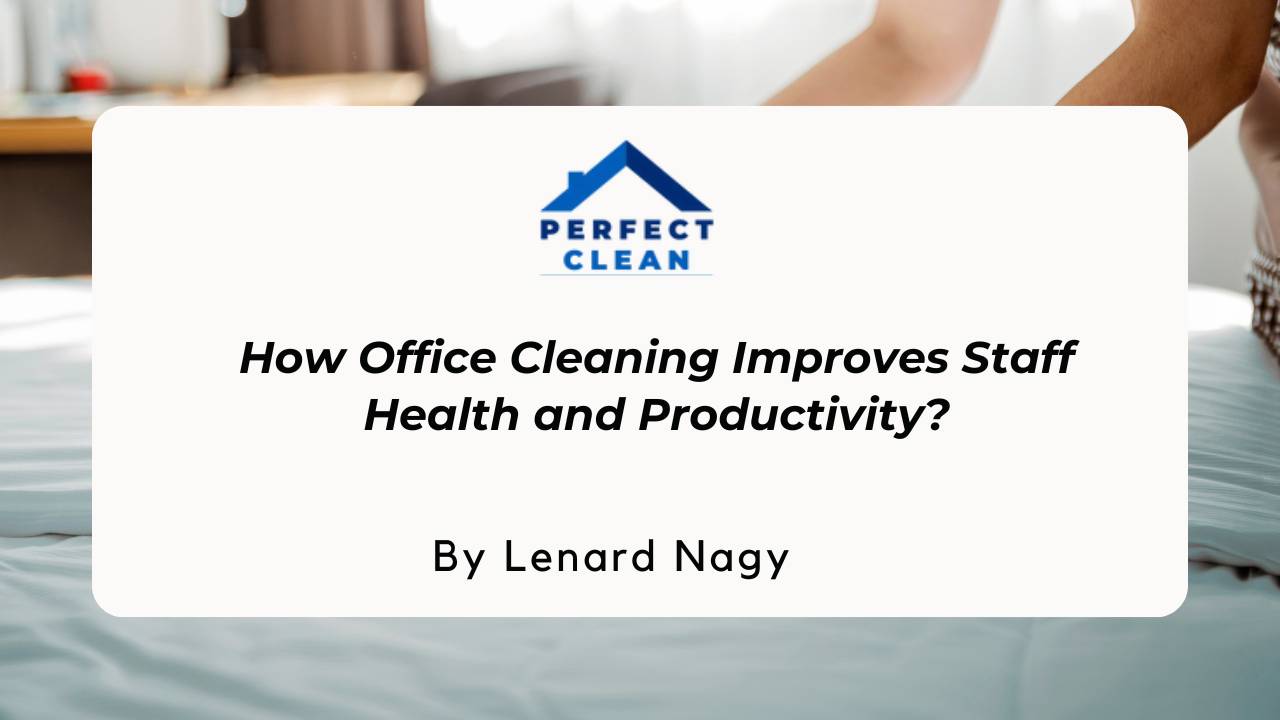Are you concerned about how long does it take a mattress to dry after cleaning? Whether you’ve just had a professional cleaning or tackled the job yourself, drying time is an important factor to ensure your mattress is ready for use and free from moisture-related issues.
Proper drying not only prevents mould and mildew but also maintains the mattress's quality and comfort. The drying time can vary based on the cleaning method, mattress type, and environmental conditions.
In this blog, we'll explore how long does it take a mattress to dry after cleaning, discuss the factors that affect drying time, and share expert tips to speed up the drying process while ensuring a healthy sleep environment.
What Factors Affect Mattress Drying Time in Ireland?
Several factors influence how long it takes for a mattress to dry after cleaning, especially in Ireland's often humid climate.
The type of mattress, surrounding conditions, and the extent of moisture play crucial roles in determining drying time.
Type of Mattress
The material of the mattress significantly impacts how quickly it dries. Memory foam, innerspring, and latex mattresses all respond differently to moisture.
Memory foam tends to hold onto water longer due to its dense structure, while latex dries faster. Innerspring mattresses with better airflow between the coils typically dry the quickest.

Thicker mattresses, such as pillow-top designs, also take longer to dry as the moisture gets trapped in multiple layers.
Choosing the right cleaning method based on your mattress type can help reduce drying time.
Surrounding Conditions
The surrounding environment, including humidity and temperature, plays a major role in drying time. Higher humidity levels, common in many parts of Ireland, can slow down the drying process, while warmer temperatures and proper ventilation can speed it up.
Opening windows to improve airflow or using a dehumidifier can help counter Ireland's damp weather, allowing your mattress to dry more efficiently. Proper ventilation is key to preventing moisture from lingering inside the mattress.
Extent of Moisture
The amount of liquid the mattress has absorbed directly affects how long it takes to dry. A light surface cleaning may only take a few hours to dry, while a deep clean that penetrates the mattress layers can extend drying time significantly.
Excessive water from steam cleaning or accidental spills can seep into the core, requiring more time and air circulation to fully evaporate. To speed up drying, it’s essential to extract as much moisture as possible during the cleaning process.
How Long Does It Take a Mattress to Dry After Cleaning?
The drying time for a mattress after cleaning depends on the material, cleaning method, and the level of moisture it has absorbed. In most cases, a mattress takes 24 to 48 hours to dry completely.
If the mattress has been heavily saturated, especially during deep cleaning or accidental spills, it may require closer to the full 48 hours to ensure all moisture has evaporated.
Professional mattress cleaning usually involves methods like hot water extraction or steam cleaning. While these techniques effectively remove dirt and allergens, they can leave behind moisture that needs adequate time to dry.
However, professionals often use powerful vacuums and air movers to speed up the drying process, significantly reducing wait time.
To further accelerate drying, it's essential to place the mattress in a well-ventilated room, preferably with windows open to allow airflow. Using fans, dehumidifiers, or even a hairdryer on a cool setting can help remove moisture faster.
Flipping the mattress periodically also promotes even drying, ensuring no damp spots are left behind.
What Are the Expert Tips for Drying a Mattress Quickly?
Properly drying a mattress after cleaning is essential to prevent mould, mildew, and damage to the material.
Without adequate drying, moisture trapped inside can lead to unpleasant odours and even compromise the mattress's structure.

Blot Excess Moisture
Start by using clean, absorbent towels to blot as much moisture as possible from the mattress. Press down firmly on the wet areas to absorb the liquid.
This simple yet effective step significantly reduces overall drying time and prevents moisture from seeping deeper into the mattress layers. Repeat the process with dry towels until no more moisture transfers onto the fabric.
Use Fans and Dehumidifiers
Set up fans around the mattress or place a dehumidifier nearby to promote air circulation and speed up the drying process.
Fans help move the air across the mattress surface, while a dehumidifier removes moisture from the air, making it easier for the mattress to dry. This method works particularly well in humid environments, such as during Ireland’s damp seasons.
Ensure Proper Airflow and Ventilation
Improving airflow in the room is crucial for faster drying. Open windows to let in fresh air or use an air mover to keep the air circulating. If weather permits, you can also place the mattress outside in a sunny, breezy area.
However, ensure the spot is free from outdoor allergens and potential rain. Regularly flipping the mattress while drying also ensures even moisture evaporation.
Conclusion
Properly drying a mattress after cleaning is crucial to maintaining its quality, preventing mould growth, and ensuring a comfortable sleep environment. Drying time typically ranges from 24 to 48 hours, depending on the mattress type, cleaning method, and surrounding conditions.
By following expert tips such as blotting excess moisture, improving ventilation, and using fans or dehumidifiers, you can significantly speed up the drying process while protecting your mattress from damage.
If you need professional mattress cleaning with fast drying times, Perfect Clean is here to help. Contact us today for expert cleaning services across Ireland and enjoy a fresh, dry, and hygienic mattress without the wait.














